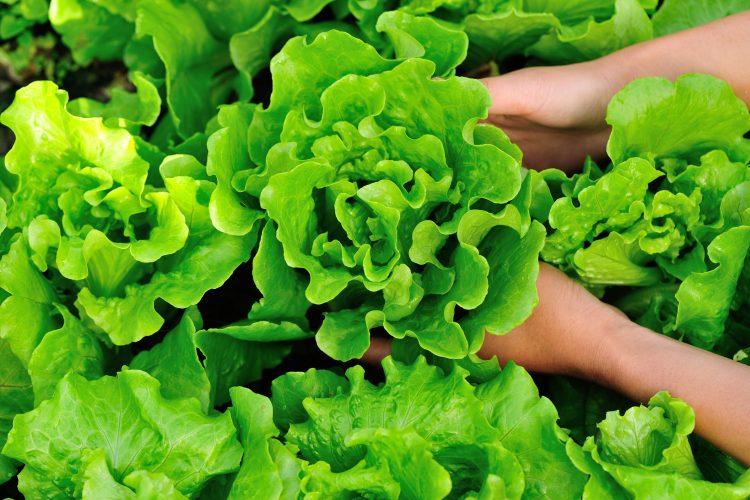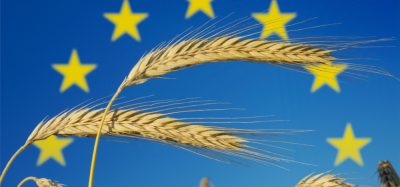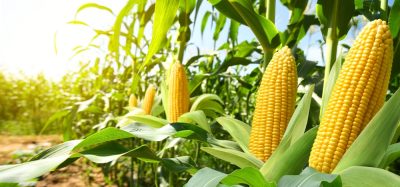Artificial growing methods can double crop yield, study claims
- Like
- Digg
- Del
- Tumblr
- VKontakte
- Buffer
- Love This
- Odnoklassniki
- Meneame
- Blogger
- Amazon
- Yahoo Mail
- Gmail
- AOL
- Newsvine
- HackerNews
- Evernote
- MySpace
- Mail.ru
- Viadeo
- Line
- Comments
- Yummly
- SMS
- Viber
- Telegram
- Subscribe
- Skype
- Facebook Messenger
- Kakao
- LiveJournal
- Yammer
- Edgar
- Fintel
- Mix
- Instapaper
- Copy Link
Posted: 5 September 2023 | Suzy Baverstock | No comments yet
According to a University of Surrey study, using artificial methods for growing crops could help solve global food security.


By using artificial methods to grow lettuce, researchers have claimed that crop yield was doubled when compared to the amount of the crop produced using traditional field-based methods.
The research was carried out by scientists at the University of Surrey, with the meta-analysis also revealing that it was “quicker to grow lettuce using artificial methods, with production rates 50 percent faster in summer periods and up to 300 percent faster in winter”.
With their findings, the research team have claimed that the use of artificial crop growing methods “could help solve global food security”.
In the study, researchers reviewed over 120 published papers in a bid to understand the impact of using controlled-environment agriculture (CEA) systems to grow lettuce (a high-value crop commonly grown in these systems).
The results of the study showed that, on average, CEA methods produce double the yields compared to field-based agriculture (3.68 kg m−2 vs 1.88 kg m−2). The team also found that the cultivation time of CEA yields was, on average, 40 days. They noted that this was shorter than the average field-based cultivation time of 60–120 days.
What’s more, the team found that using CEA methods for vertical farming yielded significantly higher results (6.88 kg m−2) than field-based agriculture.
Dr Zoe M Harris, co-author of the study, published in the journal Plants, from the University of Surrey, said: “The climate emergency presents a frightening number of challenges for us all, including global food security. Controlled-environment agriculture could allow cultivation of crops in harsh environments, or in changing climates.
“Being able to quantify the benefits CEA can have on yield and growth rate is essential to advancing our understanding of where and when this technology can bring the most value to society,” continued Dr Harris.
“We hope that our findings underscore the importance of understanding CEA growth factors and emphasise the need for ongoing research in the area of controlled-environment agriculture.”









